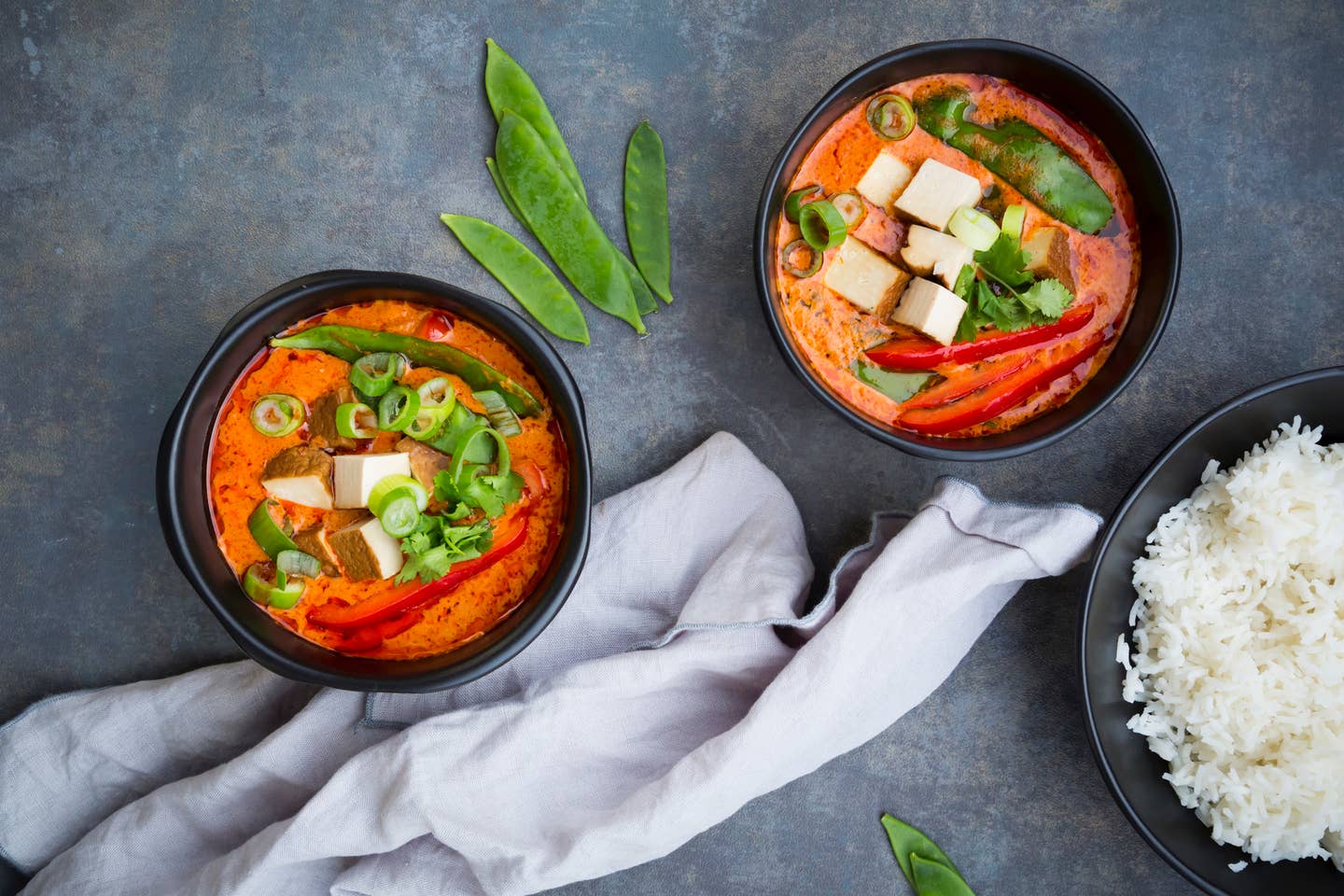
What is the Okinawa Diet and How Could It Help You Live Longer?
Located in the Pacific Ocean, Okinawa Island is the biggest of the Okinawa Islands and the Ryukyu (Nansei) Islands of Japan. It’s breathtakingly beautiful, but that’s not what it’s best known for. Rather, as a celebrated “Blue Zone”—an area of the world where people lead the longest, healthiest lives—Okinawa is renowned for having the highest prevalence of centenarians. Their diet, along with lifestyle habits and exercise, plays a large role in that, of course. And no surprises here, but it’s mostly vegan.
What Does the Okinawa Diet Consist of?
Bansari Acharya, MA, RD, breaks this way of eating down for us, which traditionally focuses on vegetables, especially sweet potatoes, and soy foods. “The Okinawa diet is generally low in calories, but high in complex carbohydrates. The philosophy of the Okinawa diet resides on the mentality that food is medicine, which explains their high use of beneficial spices and herbs in their diets,” explains Acharya, noting that meat and seafood only constitute about 1-2% of the island inhabitants’ traditional diet. For Okinawans, tea is also a regular part of the routine of daily life (and something we definitely have come to savor more amidst these long months of hunkering down at home).
“Along with a diet that is rich in complex carbohydrates, the diet also puts a great deal of importance on physical activity and mindful eating, which provides further benefits,” adds Acharya.
How Does the Okinawa Diet Lead to Longevity?
So how, precisely, may this plant-forward diet contribute to blowing out 100 candles on the proverbial birthday cake? “One of the reasons the Okinawa diet may help with longevity is the high antioxidant content. Plant-based foods, including the sweet potato, are high in antioxidants and protect against disease to extend life,” shares Jinan Banna, Ph.D., RD, referencing this 2016 study.
“In addition, [the] caloric restriction also likely contributes to longevity in Okinawa, though the biological basis for this is still being researched,” Banna also notes, pointing to this 2014 study on caloric restriction and healthy aging in Okinawa.
A Focus on Vegetables, Minerals, and Fiber
Echoing Acharya and Banna’s sentiments, Amanda A. Kostro Miller, RD, LDN, who serves on the advisory board for Fitter Living praises its virtues: “When we compare it to our Westernized diet of high-calorie, high-fat and protein-focus, we eat very differently than the traditional Okinawa people. The main health benefits of this diet are its high vegetable focus for vitamins, minerals, and fiber. It also aims to consume little to no processed foods and refined carbs,” she comments, also drawing attention to the fact that Okinawa island residents also strive for plenty of daily physical activity, whether that’s tending to a garden or going for a long walk.
Along with these positives, Kostro Miller readily admits that there can be some drawbacks to the Okinawan diet (especially, one would infer, for Westerners merely adapting the food components of the diet but don’t mimic the same social rituals and lifestyle habits of the Okinawans). Namely, she calls out the traditional diet lacking certain food groups like adequate amounts of fruits and whole grains. “While the Okinawa diet definitely has the right idea, modern-day people can take the same principles and add in even more nutrition so they have a plant-based, well-rounded diet,” Kostro Miller offers.
Despite its potential drawbacks, you don’t need to tell us twice to load up on sweet potatoes with a miso-mustard glaze for dinner, accompanied by a hearty salad and a savory wedge of tofu. At the end of the day, as Banna aptly puts it, “the Okinawa Diet is associated with a decreased risk for chronic disease, and we have much to learn from this pattern in the West.” Now, if only we had a backyard and room for a garden.
More From The Beet






